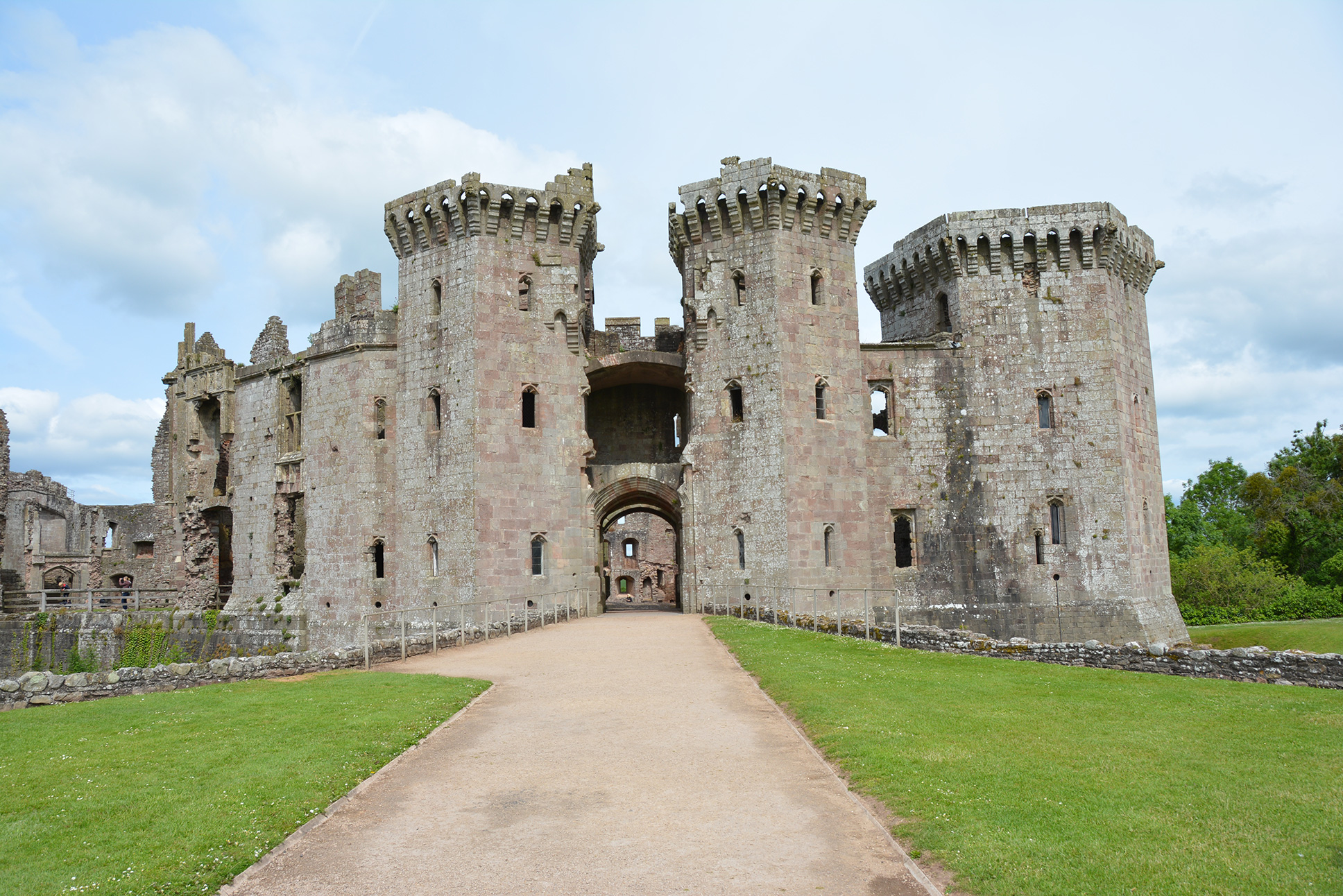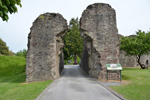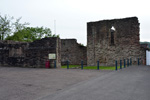History
Raglan Castle is one of the last true castles to be built in Wales. Its construction began in the 1430s by Sir William ap Thomas, the Blue Knight of Gwent, who fought at the Battle of Agincourt with King Henry V in 1415. He was responsible for building the Great Tower at Raglan, known as the Yellow Tower of Gwent.

After William ap Thomas died in 1445, the castle passed to his son William who took the surname, Herbert. Sir William Herbert supported the House of York and fought at the Battle of Mortimer's Cross in Herefordshire beside the future King Edward IV. In 1462, he became a Knight of the Garter, and in 1467 was chief justice of North Wales. In 1468, Sir William Herbert received the ultimate reward for his loyalty when King Edward IV dubbed him the Earl of Pembroke for capturing Harlech Castle, the last Lancastrian stronghold in Wales.
Henry Tudor, the future King Henry VII, was sent to William Hebert to be brought up at Raglan Castle.
More than six decades later, in 1589, during the time of William Somerset, the 3rd Earl of Worcester, the castle entered its last primary construction phase. Additions included a new hammer-beam roof to the hall and a long gallery on the second floor overlooking the Fountain Court.
During the English Civil War in 1646, Raglan Castle was besieged by Parliamentarian forces led by Sir Thomas Fairfax. The castle was surrounded, and mortar batteries were dug into place. Henry Somerset, who attempted to defend the castle, knew his efforts were futile and surrendered to Fairfax. As a result of the siege, the castle was heavily damaged and thus began a period of disrepair.
In 1938, Raglan Castle was placed in the guardianship of the Commissioners of HM Works by the 10th Duke of Beaufort. For two decades following the end of World War II, extensive conservation efforts were conducted to maintain the castle. Today, it is maintained by CADW (Welsh Historic Monuments) on behalf of the Secretary of State for Wales.
Castle Highlights
The beauty of Raglan Castle can be seen for miles around the countryside. It is a wonderful place to visit and is seldom crowded. Upon paying for an entry ticket, you will face the castle and its massive gatehouse, pictured above. It is possible to view gargoyles on the tower's corners by looking closely at the machicolations around the top.
The Great Tower, or Yellow Tower of Gwent, serves as the predominant feature of the castle. A moat, crossable by a bridge from the main castle, surrounds it. The tower has an apron wall with six turrets just above water level. The building, which currently stands three stories, was originally one tier higher and included battlements before its partial destruction.
In addition to the Great Tower, Raglan Castle includes two other impressive towers, namely the Closet Tower and Kitchen Tower. While not as large, both are still formidable to anyone attempting to attack the castle. The Closet Tower is more impressive between the two towers due to its machicolations, which adorn the top and gatehouse. The Closet Tower served as a prison in the basement and officers' quarters on the first and second floors. Raglan Castle has several other rooms worth visiting, including the Great Gatehouse, Hall, Long Gallery, and South Gate.





